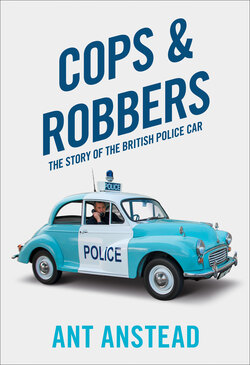Читать книгу Cops and Robbers - Ant Anstead - Страница 25
Health and safety in racing
ОглавлениеOddly, motorsport has a very important role in changing this attitude and creating society-wide acceptance of the concept of risk management that gained social traction during the 1970s. Even in the 1960s, when Jackie Stewart started seriously to question why racetracks had trees on the side that would kill you if you skidded off and hit one, he was greeted by derisory calls of ‘coward’ from drivers and racing journalists alike, who, having recently fought in a war, even said things like ‘this is safe, at least no one is shooting at us’. Jackie had thought it through, though; he was getting paid for his skill and courage, not to take what he quite rightly considered to be stupid pointless risks. After all, the racing and skill needed were the same whether the circuit had safe (ish) barriers or very dangerous trees. Jackie blew every other driver away on a wet Nürburgring and won three World Championships, so no one could credibly call him a coward, but it took a long time for that seemingly utterly sensible piece of thinking to become the societal norm. Jackie undoubtedly has a place in the history books for his racing achievements as one of the greats; however, it’s his innovative thinking, which has became so mainstream as to seem obvious now but was revolutionary in the 1960s, and his tireless work on safety that are by far his biggest contributions to both motor sport and the world as a whole. His work had a massive impact on us all in one way or another. However, it’s arguable that the government’s determination to save us from ourselves when it came to motoring started with the Road Traffic Act 1930, and you could, thus, call it the very glimmer of health and safety culture.
